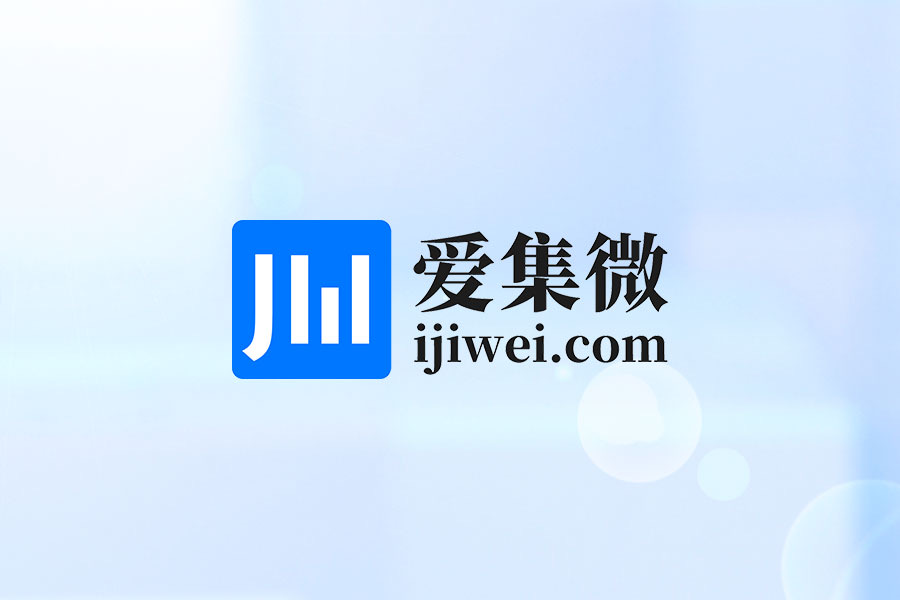
By Miranda Li
Major Chinese IC packaging companies have stepped into advanced packaging—FCBGA in particular, but need to survive the current market downturn, said a JW Insights article.
The 2022 Q1 reports of China's listed packaging companies show year-on-year revenue growth, but in contrast, they all had month-on-month revenue declines.

JCET Group(长电科技) said that both the downtrend in the domestic consumer electronics and communication product markets and the high-level inventory of its IC customers had brought particular pressure on the business growth of its domestic factories.
A recent survey conducted by JW Insights indicated that small and medium-sized packaging factories have orders covering only 60% or 70% of their capacity, and some even 50%. This situation is common and has started since the end of last year.
"When the end customers have incremental demand for chips, they tend to make inquiries to multiple suppliers, who may order to the upstream factories based on the inquiries. This kind of practices may lead to excess inventory. The bullwhip effect is pronounced in the consumer electronics market, resulting in overbooking in the market," said Zhang Yifeng, general manager of Leadyo IC Testing.
Another packaging company executive told JW Insights, "Our customers, some large distributors included, have stocked a higher inventory than normal, considering the previous IC shortage. Now they are consuming the product inventory, putting off placing new orders."
"The IC design companies are not in a rush to arrange immediate packaging for their delivered semiconductors, to avoid further financial pressure, which greatly impacts the packaging businesses," he added.
The overcapacity expansion of packaging manufacturers is another reason for the current situation.
The capacity shortage in the industrial chain in 2021 created a spill-out of orders from many first-tier packaging manufacturers to small and medium-sized packaging companies, lifting the performance of the whole industry.
The hot market in 2021 attracted a large influx of capital into small and medium packaging companies for the capacity expansion in several conventional packaging lines, which are relatively easy to build, leading to excessive capacity.
Zhang Yifeng said, "The price of traditional packaging equipment is relatively low. It requires a much smaller investment than the wafer manufacturing and testing equipment."

The Chinese packaging industry has expanded to the advanced FCBGA (Flip Chip Ball Grid Array) packaging—a new hot spot worldwide in the industry. There are extensive demands for it, as it meets the requirements for high performance, low power consumption, and miniaturization.
Statistics show the worldwide revenue of advanced packaging was $32.1 billion in 2021 and is expected to reach $ 57.2 billion by 2027, with a compound annual growth rate of 10%.
JCET Group stated at its recent performance briefing that its revenue from advanced packaging last year, with the wire bonding and testing excluded, accounted for more than 60% of its total. This year, the number is expected to increase further, higher than the company's average growth.
TFME (通富微电) has also made great progress in advanced packaging, with mass-produced 7nm Chiplets. It has completed research and development on 5nm products, which are about to come to mass production.
HT-Tec(华天科技) has mastered advanced packaging technologies such as 3D, SiP, MEMS, FC, TSV, Bumping, Fan-Out, and WLP. It will develop technologies of 2.5D Interpose FCBGA, FO FCBGA, and 3D FO SiP in 2022.
The data by JW Insights shows that the output value of advanced packaging in China reached RMB90.3 billion ($13.41 billion) in 2020, accounting for 36% of the total packaging market.
It is estimated that the output value of China's advanced packaging will reach RMB133 billion ($19.75 billion) in 2023, accounting for about 39% of the total packaging market.
Leading Chinese packaging companies joined last year's production expansion, concentrating on advanced packaging. It is widely believed in China's industry that even if the demand for consumer electronics devices continues to slow down, new applications like AI, data center, HPC, NIC, and automotive will continue to drive the demands for more high-end packaging.
RELATED
-
Chinese top-tier chipmaker HuaHong Semiconductor's net profit plummets 86 percent in the third quarter
11-17 19:11 -
Chinese MEMS provider Fatri UTC will set up its sensor chip production plant in Shanghai
11-16 18:30 -
China's packaging and testing services provider Forehope Electronic will build a new plant with RMB2.157 billion investment
11-15 17:17
READ MOST

No Data Yet~







